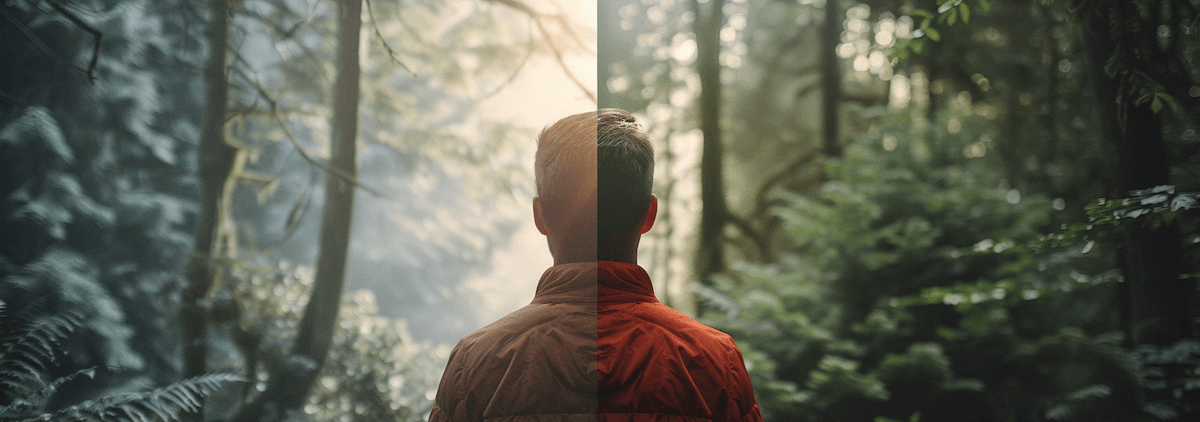In the realm of digital cinematography, capturing the purest form of an image is paramount. This is where the concept of log recording steps in, revolutionizing how filmmakers approach visual storytelling. It's not just a technical term; it's the bridge between the camera's lens and the final cinematic masterpiece that graces the screen. Let's dive deep into the world of log profiles, exploring its intricacies, its various profiles, and how it shapes the films we cherish.
In the realm of film and video production, the term "log" represents a technique that's foundational yet transformative, bridging the gap between human visual perception and digital imaging technology. Log, short for logarithmic, refers to a type of recording format and profile used by various film cameras to capture a wide dynamic range in the footage. This profile is engineered to mimic the way our eyes perceive light and shadow, allowing for greater detail in both bright and dark areas of an image. By utilizing a logarithmic scale to map out the luminance values, log formats ensure that the intricate nuances of a scene are retained, providing filmmakers with a rich palette of colors and tones to work with during post-production.
The essence of log recording lies in its ability to offer an extended dynamic range, making it a prized tool for cinematographers aiming to achieve cinematic quality in their visuals. Unlike standard video formats that often clip highlights and crush shadows, log profiles preserve details across the spectrum, from the brightest highlights to the deepest shadows. This preservation is crucial for post-production processes like color grading, where flexibility and control over the image are paramount.

Film cameras from various manufacturers come equipped with their own proprietary log profiles, each designed to optimize the sensor's capabilities and offer unique aesthetic possibilities. Here are some of the most prominent and widely used log profiles in the industry:
ARRI's Log-C is designed for their high-end Alexa and Amira cameras, renowned for their cinematic image quality. Log-C provides a wide dynamic range, facilitating the creation of images that can be finely tuned in post-production. The profile is optimized for ARRI's advanced color science, ensuring natural skin tones and a seamless integration into professional color grading workflows.
Sony's S-Log is a series of profiles designed to maximize the dynamic range of their sensors. Starting with S-Log and evolving through S-Log2 and S-Log3, each iteration aims to improve upon the last, offering more dynamic range and flexibility in grading. S-Log3, in particular, is designed to mimic the characteristics of scanned film, providing a smooth gradation from shadows to highlights.
Canon developed C-Log for their Cinema EOS line of cameras, with the aim of delivering a high dynamic range and compatibility with cinema workflows. C-Log is engineered to provide a flat image that retains as much detail as possible in the shadows and highlights, making it ideal for post-production color grading. Canon offers several variations, including C-Log2 and C-Log3, each offering different levels of dynamic range and noise performance.
Panasonic's contribution to the Log world is V-Log, which is available on various Lumix cameras and their professional Varicam series. V-Log is designed to provide a high dynamic range and broad color spectrum, similar to the company's high-end cinema cameras. This profile is particularly praised for its performance in challenging lighting conditions, preserving details in both shadows and highlights effectively.
Blackmagic Design's Film Log profile is tailored to emulate the look and feel of film, providing a wide dynamic range and preserving fine details across the exposure spectrum. This profile is designed to optimize the color grading workflow, offering a solid foundation for creating distinct visual styles.
Shooting in Log is a powerful tool in the cinematographer's toolkit, offering unparalleled control over the image's final look. Whether it's the expansive landscapes of a nature documentary or the nuanced expressions of actors in a dramatic film, Log Profiles enable creators to capture reality in its fullest glory, ready to be shaped into their vision in post-production. As digital cinema technology advances, the use of Log Profiles continues to be a critical component in achieving cinematic excellence, bridging the gap between what the camera captures and what the audience experiences.

The log profile plays a crucial role in post-production, serving as the starting point for color grading and correction. Due to its flat and desaturated appearance, log footage may initially seem lackluster. However, this characteristic is precisely what provides colorists with the flexibility to mold the image according to their vision. By adjusting parameters such as contrast, saturation, and hue, filmmakers can enhance the visual storytelling aspect of their work, creating immersive and emotionally resonant images.
The utilization of log format requires a thorough understanding of color science and grading techniques. Filmmakers must be adept at interpreting the log footage and applying appropriate color grading principles to bring out the desired aesthetic. The process involves a delicate balance of enhancing the natural qualities of the footage while infusing it with artistic intention.
In conclusion, the log profile represents a powerful tool in the cinematographer's arsenal, offering unparalleled control over the visual narrative of a film. By understanding and leveraging the unique properties of various log profiles, filmmakers can push the boundaries of digital cinematography, achieving results that resonate with audiences on a profound level.

CINEMA LUTS VOL. 1
Turn your footage into cinematic masterpieces with our 1-Click solution LUTs. Over 30 handcrafted presets are waiting for you!
Free Tools
LUT Converter (65 to 33)
© cinema-luts.com
Imprint - Privacy Policy - Cookies - Blog